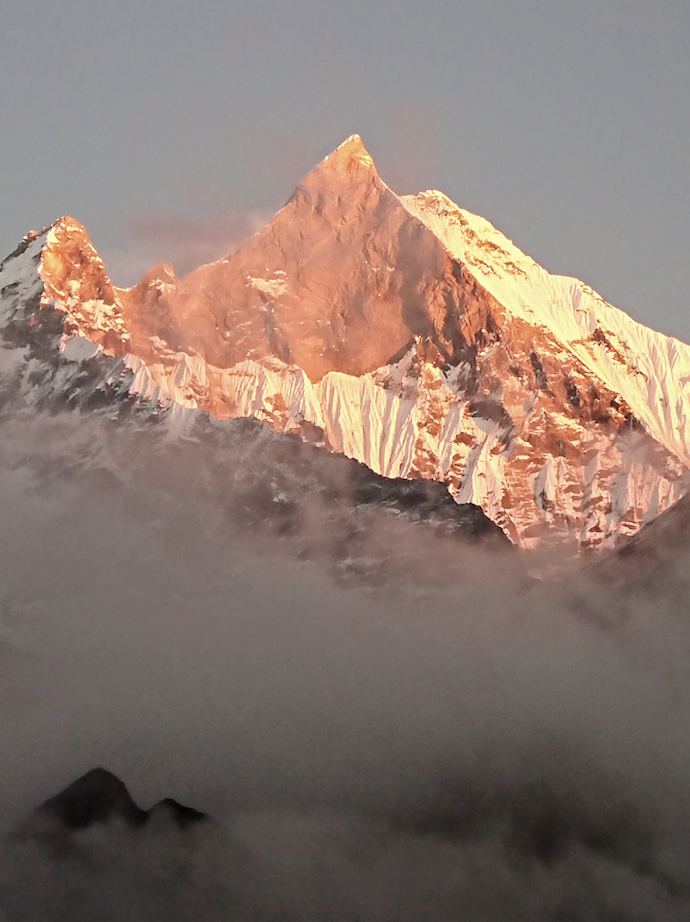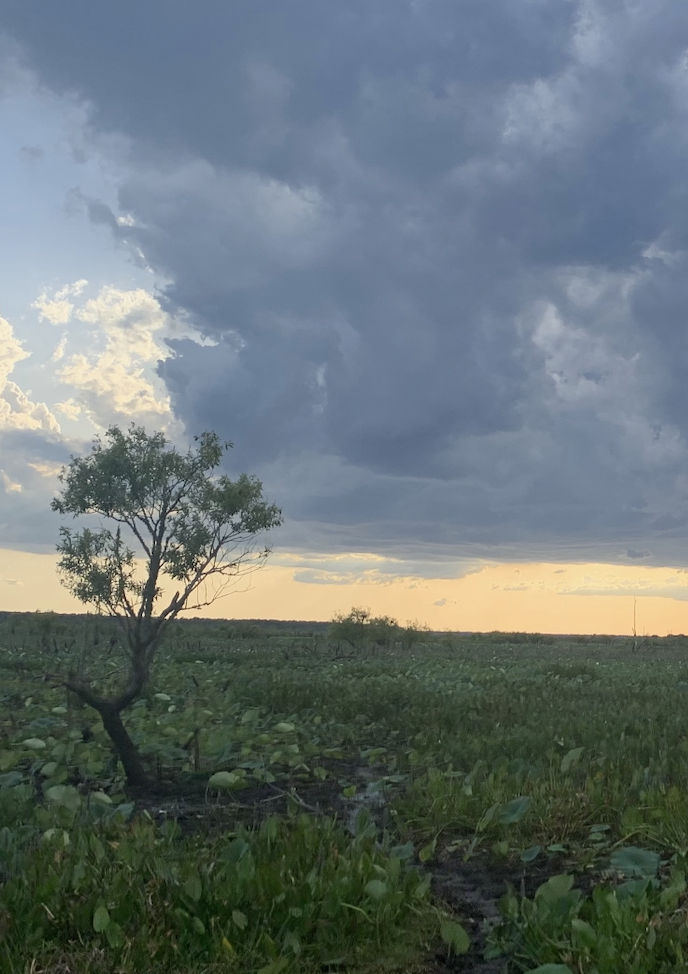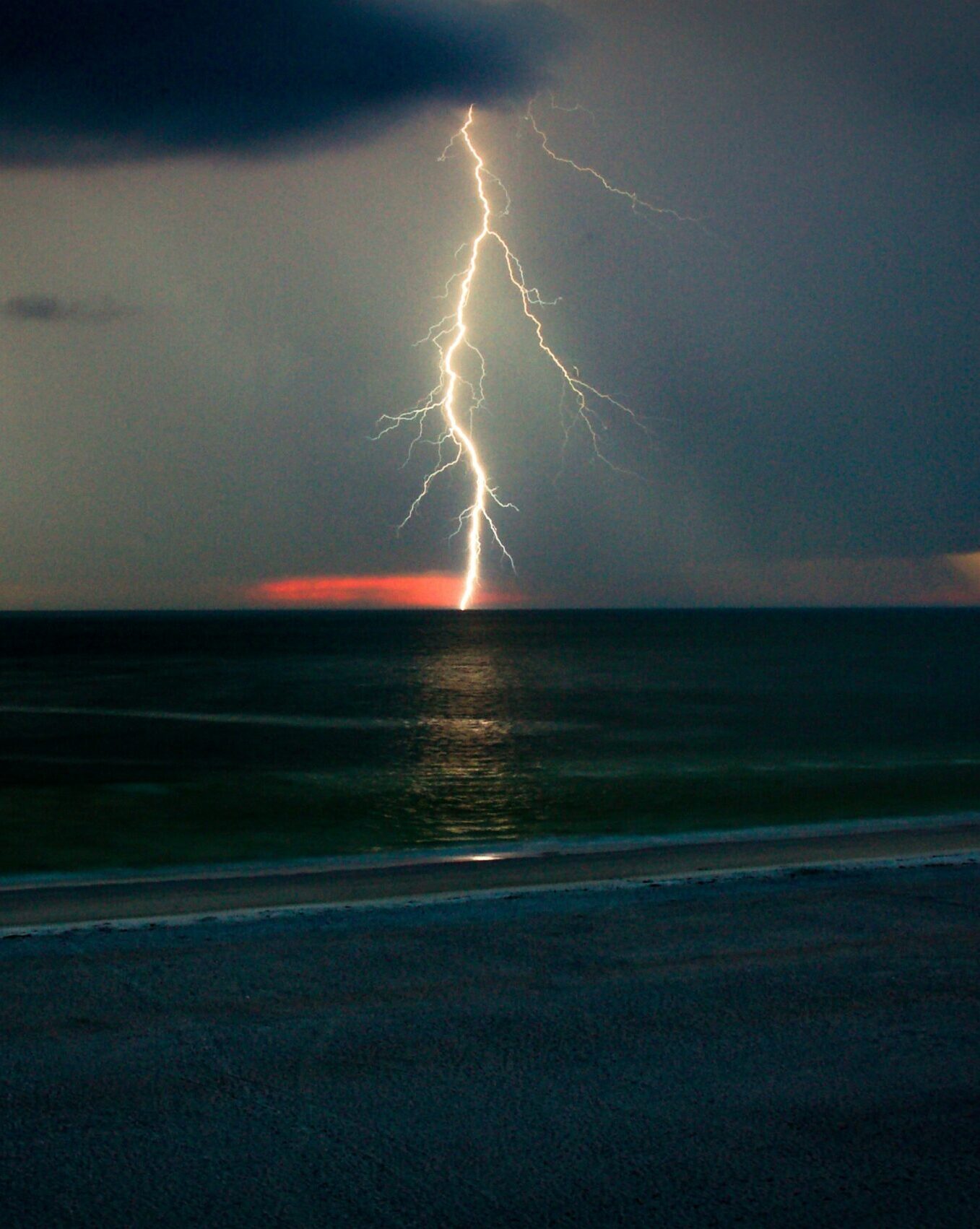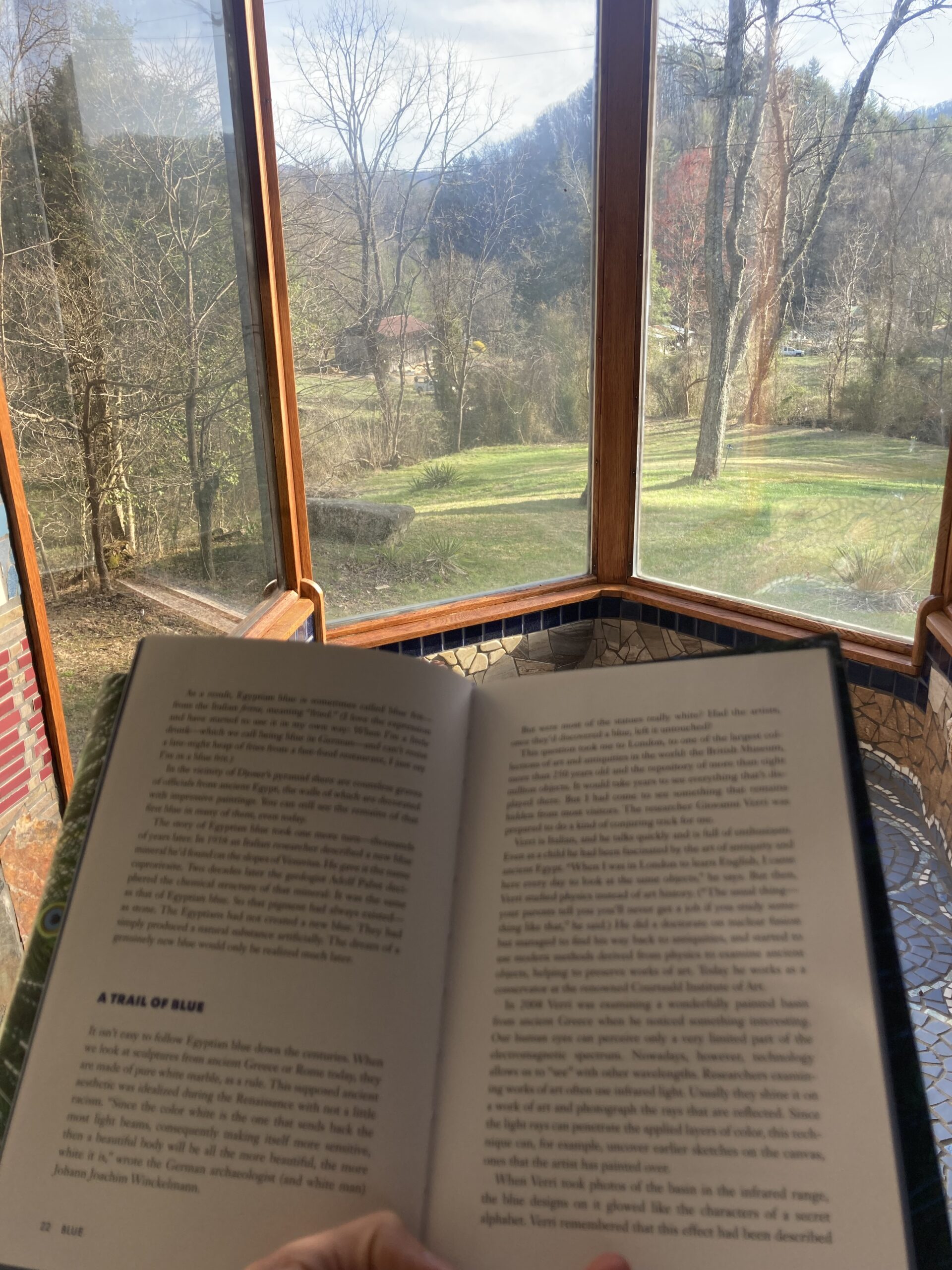By LINDA KEYES

Annapurna Sanctuary, Nepal
In mid-May 1999, alone on my last morning in the Annapurna Sanctuary, I tramped along the moraine below Annapurna Base Camp. The sun reflected off Machapuchare, the distinctive fish tail peak, at the bottom of the valley. Tharpu Chuli flanked me on the left, its 6000 meter crown glistening with fresh snow. No clouds covered Annapurna’s summits behind me or obscured the immense sky. The trail meandered from 13,500 feet to 12,000 feet. The low-oxygen air, like a drug, rendered the sapphire sky in vivid contrast to the silver cliffs, the white snow, and the wild crocuses that burst from south-facing patches in happy pink dots.
A cirque of the highest mountains in the world surrounded me. The Modi Khola river whooshed and roared below, tumbling onward. My life, too, tumbled forward with exhilarating potential. A few nights before, I’d slept on an ice ledge at over 20,000 feet. In a few weeks, I would complete my residency training and begin my career in emergency and mountain medicine. I had crafted an expedition medicine elective out of a climbing opportunity with friends, and I was here fulfilling a life-long dream as the team doctor on the first American attempt of Gangapurna,
I scarcely cared that we’d failed the ascent due to unusually treacherous weather conditions. Snow bridges collapsed beneath us. Water cascaded, then froze on our fixed lines. The glacier spit boulders at us. In the icy steeps above camp one, a shower of falling rock left me with broken goggles and a black-eye. No matter, I thought, as I stepped off the trail. I scrambled up a ledge and raised my arms towards the summit of Gangapurna with joy.
I regretted only that Chris, my husband and usual climbing partner, couldn’t savor the moment with me. We’d met rock climbing and he’d proposed to me on a high pass in Tibet. Our idea of a romantic getaway was roping together on a steep snow couloir. But he’d started a new job with limited vacation and big aspirations, so I had come to Nepal without him. At base camp back then, we had no satellite phone. I wrote him letters. Once a week, a porter carried them the five-day trip to post in Pokhara. Chris received them long after I’d returned home, and I never saw his replies.
Though we climb rarely anymore, Chris’s support has anchored me like a granite wall, offering hand holds, big picture views, and a solid base for our life. We’ve dodged surgeries, cancer scares, and bad investments. But life, as a glacier, is fraught with tenuous crossings – babies, in-laws, diverging dreams. Though we sleep in the same bed, our careers and responsibilities pull us apart, our timing off and crossing like letters. Perhaps as a way to find each other again, we returned to hike the Annapurna moraine together.
When we arrived in the valley, mist cloaked the mountains. It was autumn this time and the wind carried a mean hint of winter. Our knees ached. Leaves on the scrub fluttered gold and maroon. Several low stone guesthouses huddled on the flat ground where my team had once pitched tents. The edge of the moraine crumbled and fell to the river down sandy walls, steeper and taller than I remembered. The melt waters of the receding glacier had washed away the route to my team’s previous base camp. I couldn’t find my bearings.
In the night, the clouds lifted. We rose and ascended beneath the dark outlines of giant peaks and the last stars. Our trekking poles click-clacked against stone steps. We didn’t speak. The air smelled of dung-fire smoke and sage. We reached our high point at dawn. As we stood above the glacier, the mountains glowed pink and orange. The cirque was no less spectacular than twenty years ago, but I sensed the difference in seasons.
Other trekkers and tourists crowded the trail and separated us, the way kids and work got in the way at home. I wandered up a steep side path overlooking the glacier, searching for my old trail. Chris made his own way along the track below.
As the sky brightened behind Machapachure’s jagged silhouette, our paths rejoined, and we met again on the ridge. The glorious Annapurna massif rose above us, unblemished by the throngs of people. Chris smiled at me. I inhaled the crisp air and engulfed him in a grizzly hug, burying my head in his puffy down jacket with a sense of surrender. This trip wouldn’t recreate the rapturous final morning of my previous expedition, or the excitement of our early romance in the mountains. But, as the wind shifted, and Chris embraced me underneath rippling prayer flags, I felt — if not quite joy — then something like comfort, or belonging. For a moment, this feeling was enough.
Linda Keyes is an emergency physician, high altitude medicine expert, and writer in Boulder, CO. She won Honorable Mention in the Glimmer Train Family Matters Contest and the American College of Emergency Physicians Medical Humanities Writing Award. Her work has appeared online in Hippocampus, Page and Spine, and elsewhere.
Photo by author.




